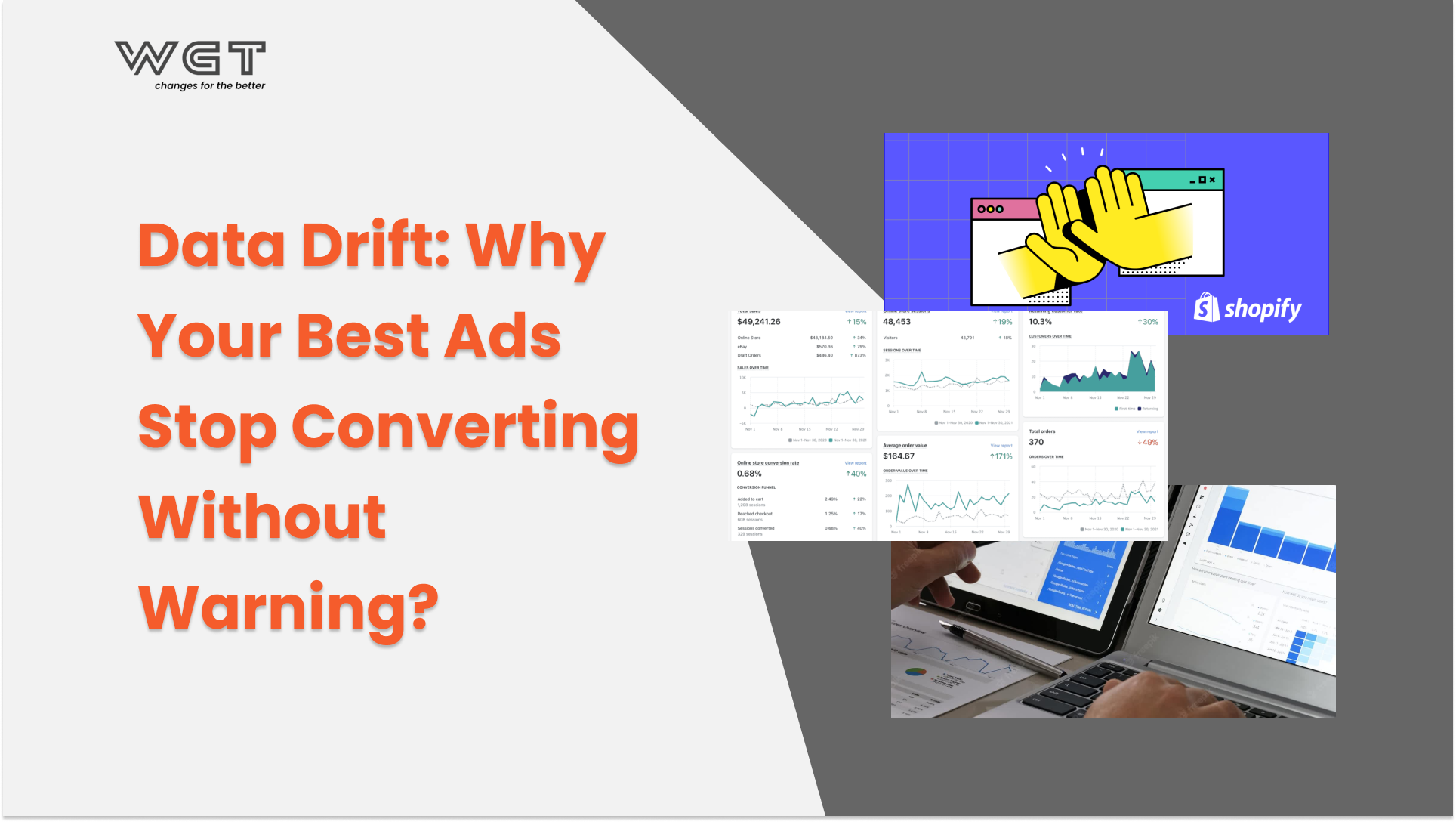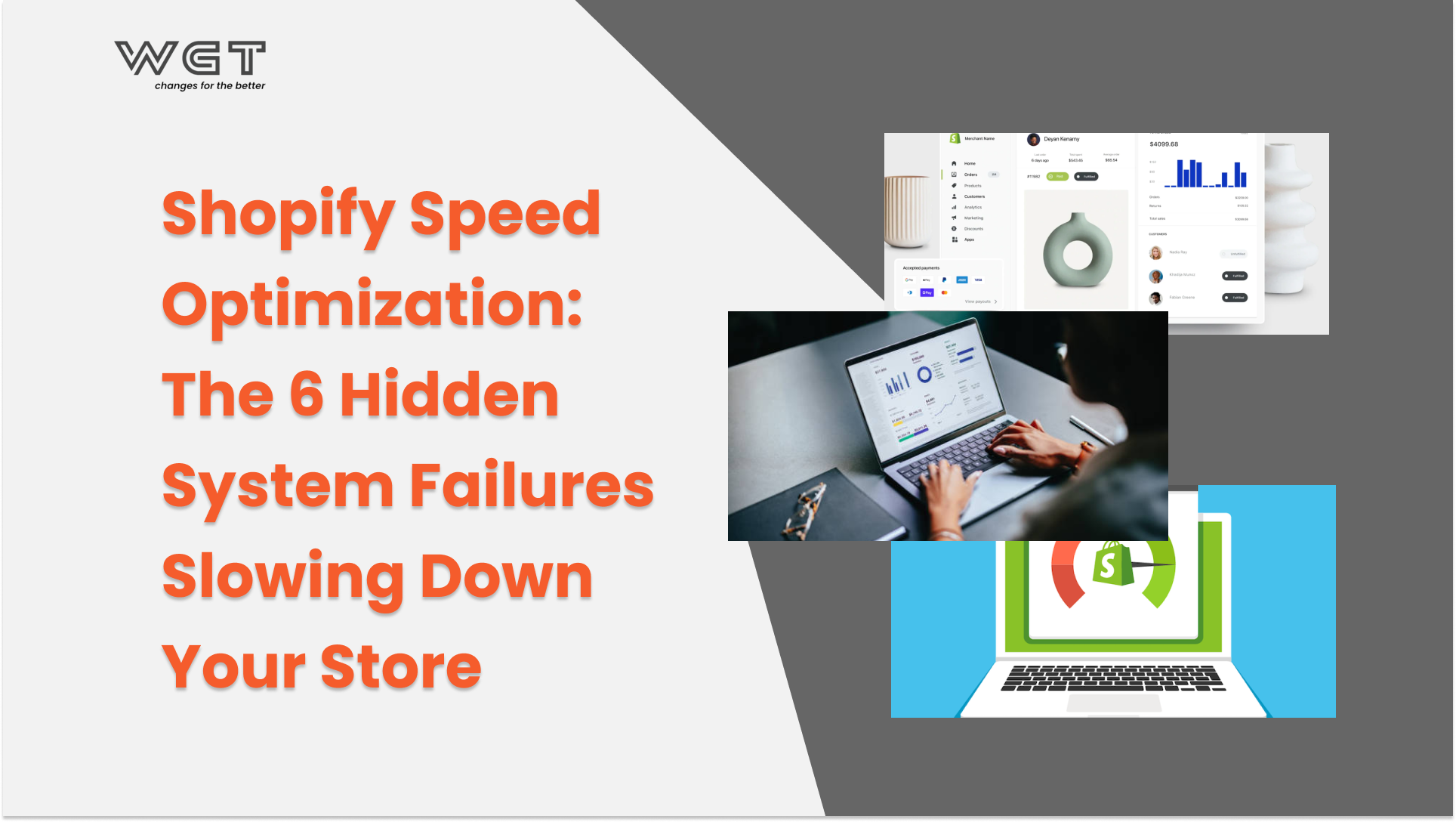
Headless commerce is rapidly emerging as a game-changer in the e-commerce landscape, challenging the conventional boundaries set by traditional commerce. As merchants increasingly seek to offer personalized, seamless experiences to their customers, the choice between headless and traditional commerce models becomes pivotal. That being said, how does it differ from traditional commerce? This blog provides a comprehensive answer to this question while offering a detailed comparison to aid businesses in determining the most suitable architecture.
A. What is headless commerce?
As it cores, headless commerce is the separation of an e-commerce application’s front end (storefront and user experience) from the back end (data and merchants logic). With the front and back end functioning independently, modifications to one side do not impact the other.
B. What is traditional commerce?
The traditional eCommerce model is based on an all-in-one platform that integrates the front-end user interface with the back-end infrastructure and database. In this monolithic architecture, the front-end code, which includes site templates and design, is closely linked with the back-end code responsible for handling checkout, payment processing, inventory management, and other essential functions.
C. What are the pros and cons of a Headless Commerce Platform?
1. Pros of a Headless Commerce Platform
1.1 Up to date with new technology
Headless commerce platforms are often open for an API-first approach, facilitating the integration of third-party services and technologies such as content management systems (CMS), and customer relationship management (CRM) tools. This flexibility also allows businesses to incorporate the latest innovations in areas such as AI-driven personalization, advanced analytics, and augmented reality, providing a richer and more engaging shopping experience for customers.
1.2 Rich flexibility
Headless commerce offers greater flexibility in front-end development for e-commerce sites, as developers are free to use any programming language or technology stack. The separation of concerns is a significant advantage, allowing front-end and back-end teams to work autonomously, ensuring that changes in one do not impact the other.
2. Cons of a Headless Commerce Platform
2.1 Complex development and implementation
The primary drawback of headless eCommerce is the increased complexity at the outset. Managing tasks such as reviews, content publishing, and inventory requires coordination on both the front and back ends of the platform. The number of systems needed to oversee various aspects of eCommerce can significantly multiply with headless commerce platforms. Total implementation costs are 2-3 times higher than traditional eCommerce due to the extensive custom development required.
2.2 Higher upfront costs and qualified developer skills
The increased complexity requires a substantial initial investment in custom development. Constant management is also more demanding, as design and development teams must closely coordinate to add new features or modify experiences. Unless the brand has in-house tech talent, they will need to partner with a web development agency long-term, further increasing costs.
2.3 Challenging ongoing maintenance
A notable disadvantage of headless commerce is the lack of out-of-the-box features commonly found in traditional eCommerce platforms, such as shopping cart functionality or product catalogs. Headless solutions rely heavily on APIs, requiring businesses to develop and integrate these applications themselves. Ongoing maintenance of these integrations and plugins falls on the business. This means that companies must allocate resources for continuous development and troubleshooting, viewed as a significant burden, and potential disruptions if integrations fail or need significant updates.
E. What are the pros and cons of a Traditional Commerce Platform?
1. Pros of a traditional commerce platform
1.1 Easier to set up
The primary advantage of traditional eCommerce platforms is their out-of-the-box solution, which can be rapidly set up. With pre-built templates and integrations, most brands simply launch basic online stores within weeks, without requiring advanced coding expertise.
1.2 Integrated content management system
Content Management System (CMS) feature streamlines the creation, management, and organization of digital content like product descriptions, blog posts, and promotional materials. This makes it easier to maintain a consistent and engaging online presence without the need for additional software or complex integrations. CMS hence simplifies marketing efforts like launching campaigns, creating landing pages, and optimizing product descriptions for SEO.
1.3 Huge community of developers and solutions
The robust support network ensures that businesses have access to a wealth of resources, including forums, tutorials, and pre-built plugins, which can greatly simplify troubleshooting and customization processes. The availability of numerous third-party solutions and integrations also contributes to the enhancement and security of the platform, offering updates and new features that help businesses stay current with industry trends. This comprehensive support infrastructure not only reduces the time and cost associated with platform management but also ensures a reliable and scalable eCommerce environment.
2. Cons of a traditional commerce platform
2.1 Limited design flexibility
As these platforms typically offer a range of pre-design templates and themes designed to simplify the setup process, they significantly restrict the extent to which businesses can customize their online store’s appearance and user experience. Customizing beyond the provided options often requires extensive workarounds or additional coding, which can be both time-consuming and costly. This limitation hinders a brand’s ability to create a unique and differentiated online presence, potentially impacting customer engagement and satisfaction.
2.2 UX customization barrier
Customizing the user experience considerably requires advanced technical skills with restricted flexibility options, which will be time-consuming and costly. As a result, businesses find it difficult to implement advanced functionality.
2.3 Platform provider dependence
Companies utilizing Traditional Commerce platforms are significantly tied to the platform provider for support, updates, and security measures. Issues may arise with compatibility, security vulnerabilities, or migrating to a new solution if the provider discontinues support for a specific feature or neglects to update it. This reliance restricts the company’s control over its online presence and affects long-term sustainability.
F. When to choose traditional e-commerce platforms or headless e-commerce platforms?
Let’s dive into some key statistics before we get to the main path. As evidenced by its adoption by prominent brands such as Nike, Venus, Feel Unique, Redbox, Overstock, and Target, headless commerce is poised to dominate the e-commerce landscape. Also, according to the State of Commerce report, 77% of organizations using headless architecture report greater agility, enabling quicker storefront updates. Headless commerce thereby reduces update times from days or weeks to just hours. Businesses employing headless commerce thereby experience a 42% average increase in conversion rates. Given these compelling benefits, it becomes uneasy to discern when to choose traditional eCommerce platforms versus headless eCommerce platforms.
Traditional eCommerce platforms are ideal for businesses seeking a straightforward, cost-effective solution with minimal technical complexity. Small-to-midsize businesses, particularly those without extensive in-house technical teams, can benefit greatly from the out-of-the-box functionality and managed hosting services provided by traditional platforms.
Headless eCommerce platforms, on the other hand, suit larger and more complex businesses with significant technical expertise and resources. Whether the firms seek to seamlessly integrate with chatbots, voice assistants, and AI, or expand their online branding with a highly scalable and innovative direction, headless solutions are always in the first line of their prioritized options
There is no definitive answer to which e-commerce initiative reigns supreme, as both traditional and headless platforms have their own set of advantages and drawbacks. If you are still uncertain about your final choice, feel free to contact Wgentech for assistance. By assessing factors such as your business size, technical capabilities, customization needs, and long-term goals, we properly determine the most suitable e-commerce platform for your business. With years of experience and a team of certified experts, we are confident in our ability to provide top-notch services at competitive prices.








